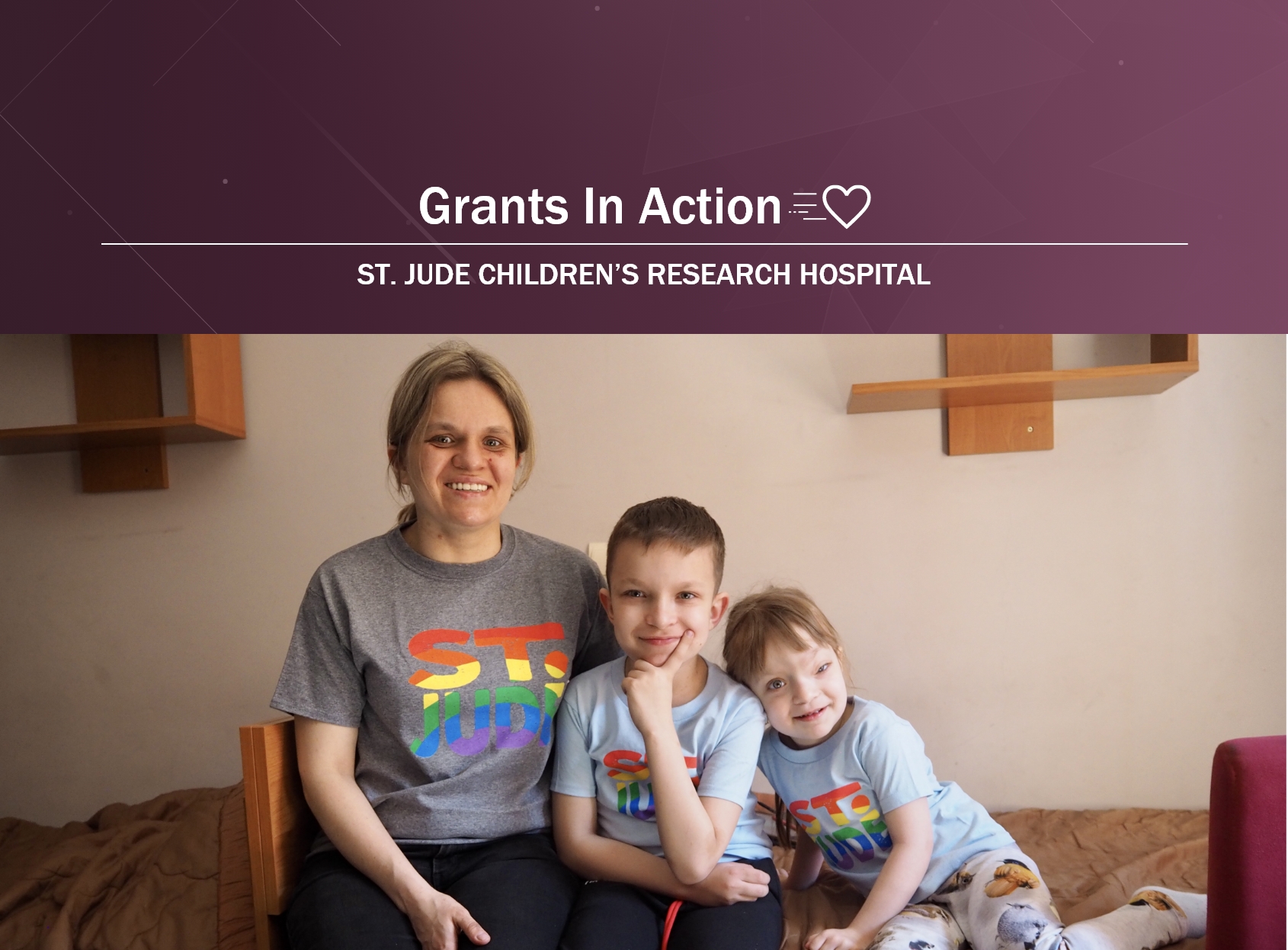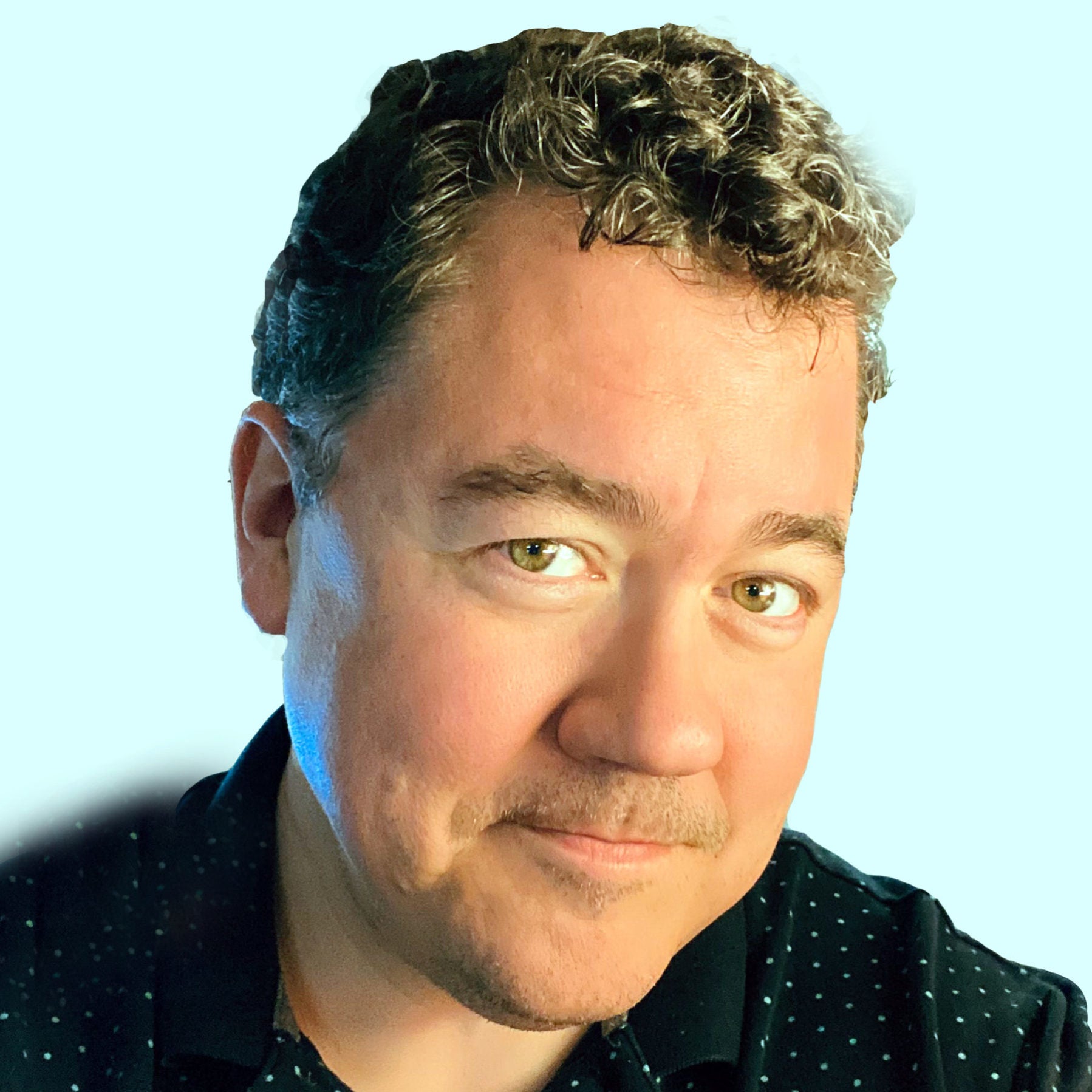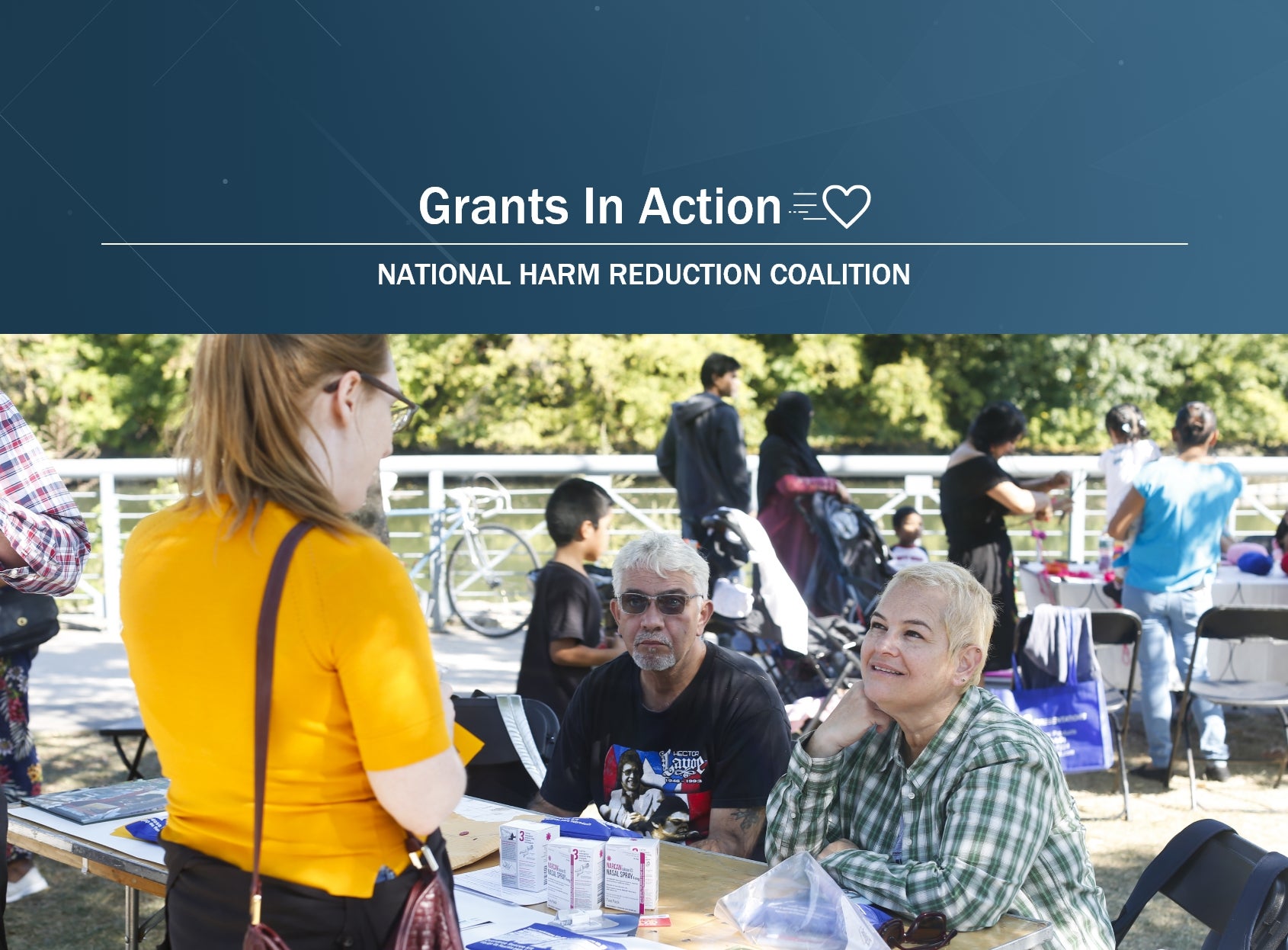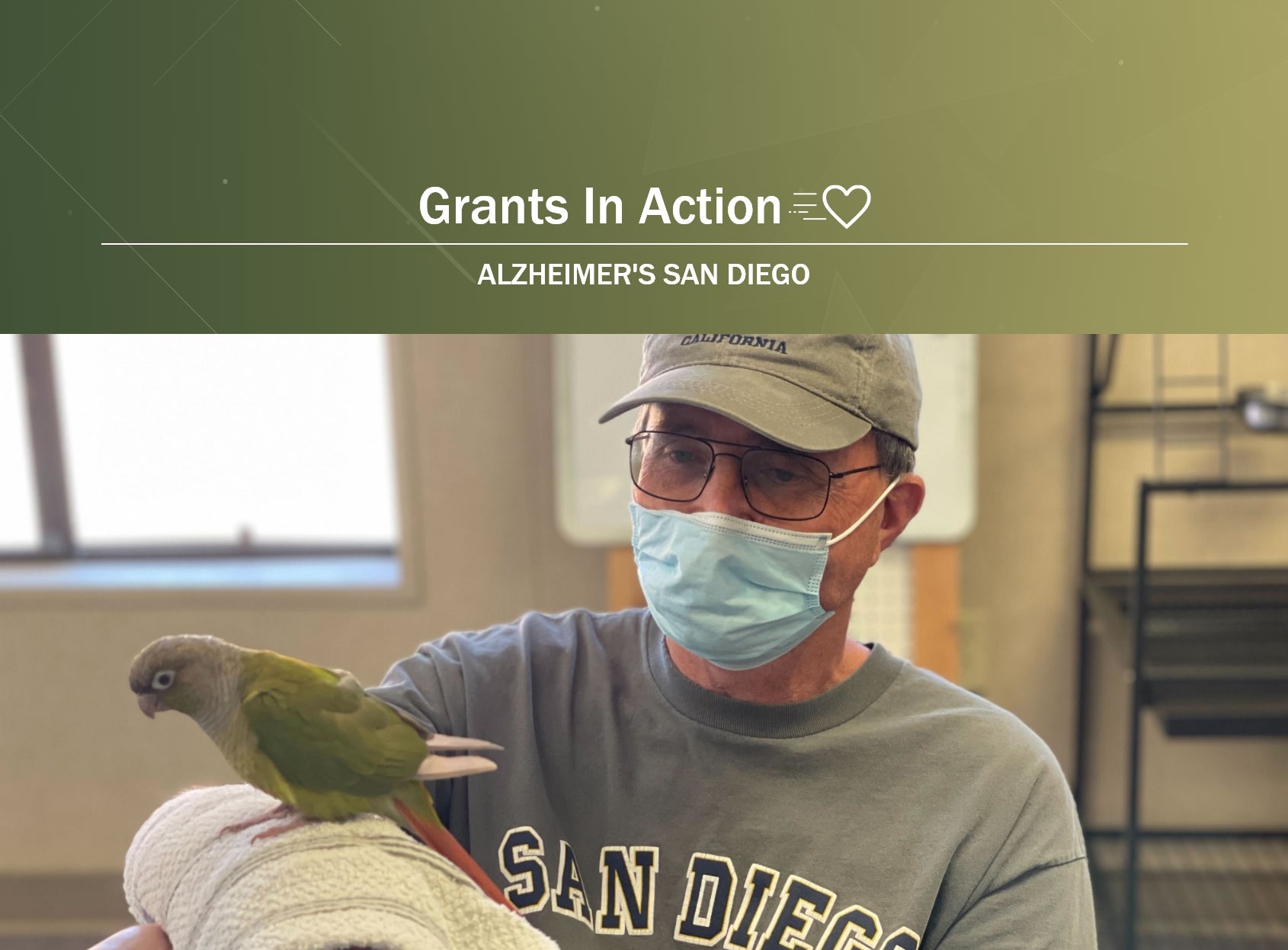St. Jude Children’s Research Hospital: Helping Children and Families Worldwide
National Philanthropic Trust’s donors recommend thousands of grants every year. This new series, Grants In Action highlights the breadth of causes and organizations NPT’s donors are supporting with grant recommendations from their donor-advised fund accounts.

The global social sector activated in the initial weeks of the Russian invasion of Ukraine, including St. Jude Children’s Research Hospital, which quickly responded to the intense and immediate need for aid. The hospital worked with its long-standing global partners to coordinate the movement of hundreds of children with cancer from Ukraine. A temporary facility was quickly established in neighboring Poland to provide triage and general support, with pediatric cancer patients and their families directed to medical centers throughout Europe for further treatment.
Based in Memphis, St. Jude was founded in 1962 by entertainer and humanitarian Danny Thomas, himself the son of immigrants. St. Jude is committed to the principle that no child with catastrophic disease should be denied treatment based on race, creed or a family’s ability to pay. It has helped lead the U.S. in advancing cures and means of prevention for pediatric catastrophic diseases through research and treatment. The St. Jude Global program has been able to expand to meet growing needs worldwide with the support of generous donors, including those with donor-advised funds.
In keeping with the St. Jude Global mission, a coordinated humanitarian effort in Ukraine quickly coalesced. SAFER (Supporting Action for Emergency Responses), a collaboration of international organizations led by St. Jude, assisted more than 1,000 childhood cancer patients and their families from conflict zones to safety and continued treatment.
Ten of those patients were flown to St. Jude to continue treatment and were joined by a total of 21 family members. Like all St. Jude patients, thanks to the generosity of its supporters, their families will never receive a bill from St. Jude for treatment, travel, housing or food – so they can focus on helping their child live.
“When our team met these families at the airport, to see the relief on the faces of families who had traveled thousands of miles to escape an unthinkable situation was something we will never forget,” says Sue Harpole, a Senior Fellow at ALSAC (American Lebanese Syrian Associated Charities) the fundraising and awareness organization for St. Jude Children’s Research Hospital.
Overall, St. Jude Global is engaged with more than 200 hospital partners in 75 countries, in order to increase access to care for the 400,000 kids around the world diagnosed with cancer each year. Its international work puts St. Jude in the unique position to help coordinate responses to crises around the world, in addition to meeting the needs of patients and their families. Donors engaged in grantmaking with donor-advised funds play a vital role in fueling St. Jude Global and their partners in a shared vision of improving care and increasing survival rates for children with cancer and blood disorders worldwide.
“What we do, and what we provide, is a result of a serious amount of focus and funding,” Harpole explains. “This goes for our staff, our partner organizations, our DAF donors and their advisors, too. These are people who really, genuinely care and want to make a real difference.”
While St. Jude has in recent years increased capability to reach more children around the world, donors over six decades have helped further St. Jude’s core mission. Breakthroughs in research or development of treatments are shared publicly, for example through the St. Jude Cloud, an initiative to share data and analysis resources to empower researchers across the world to advance cures.
We can make a bigger difference at a faster pace because unrestricted grants from DAFs allow us to immediately address the greatest priority to help children in crisis battling cancer.
Last year, St. Jude opened the Inspiration4 Advanced Research Center, which accommodates collaborative lab space and hundreds of scientists focusing on research innovation and is designed for breakthroughs across many scientific fields.
“The new research center was designed with input from researchers and there are so many shared spaces for the different departments,” Harpole explains. “By simply having common break rooms, cafeterias and areas where diverse groups can intermingle and share knowledge, new breakthroughs in medicine and treatments can come about through collaboration. This is foundational to St. Jude’s past successes and those discoveries that will eventually help us find cures to these devasting diseases.”
Harpole is adamant in noting that many institutional priorities are made possible by unrestricted gifts and grantmaking. “We can assess needs here at home and around the world and can respond quickly,” she adds. “We can make a bigger difference at a faster pace because unrestricted grants from DAFs allow us to immediately address the greatest priority to help children in crisis battling cancer.”
Donor support remains critical for St. Jude and its expanding operations. Harpole notes that in the years ahead, 89% of funds needed to grow and sustain St. Jude must come from the general public. “You cannot help but see the impact such unparalleled generosity has every single day,” she says.
Sharing without restriction is the key to St. Jude’s ongoing impact. As lifesaving efforts continue, they have found like-minded partners among DAF donors willing to give often and openly to improve the lives of others.
Photo above courtesy of St. Jude/ALSAC.
NPT is not affiliated with any of the organizations described herein, and the inclusion of any organization in this material should not be considered an endorsement by NPT of such organization, or its services or products.
NPT does not provide legal or tax advice. This blog post is for informational purposes only and is not intended to be, and shall not be relied upon as, legal or tax advice. The applicability of information contained here may vary depending on individual circumstances.


